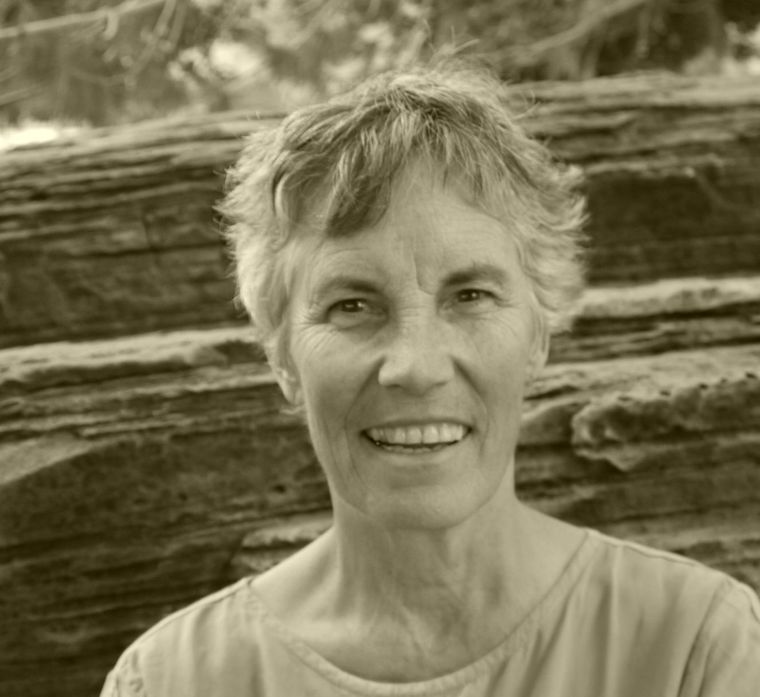If you’re a dictator, journalism is a threat. If your business-as-usual suits you but is harming others, science is a threat. If you want to hide the truth, both science and journalism are threats. But if you’re a democracy, science and journalism are your Best Friends Forever.
Science and journalism aren’t the same, but they feed each other in their quest for truth. Science involves a more systematized and transparent methodology, but journalism can point to truths through individuals, as well as explain the complexities of what scientists have found. Both the world of science and journalism include some spectacular, heroic stories of decades-long, dogged searches for answers to particular questions.
The scientist figures we’re all better off collectively understanding how the world works, even if we don’t like what we learn. The journalist wants to report beyond the obvious, behind trickery, and about little-known lives that share this democracy – and Earth – with us. With enough journalists and scientists looking at a particular issue, their and our understanding gradually converges around how our environmental, political, and economic world is really working. And then the hope is that with some common understandings, we, as a democracy, will be able to make broadly supported decisions about how to act – with the outcomes then being studied and reported on . . . by scientists and journalists!
But if journalists are considered the enemy and scientists are absent, lies can reign supreme. While jailing or killing journalists is how some dictators deal with truth, our president is simply telling people to dismiss all journalists’ reports that question him as fake. His department heads are eliminating scientist positions, thus avoiding science information.
What about truly fake “journalism” or “science”? Send more journalists and scientists to the scene of fakery.
A science-based organization, the Grand Canyon Trust, is currently being barred by the BLM and Forest Service from researching certain uncomfortable questions about grazing on the public lands they manage. We remain in conversation to reverse this situation. On a grander scale, for 20 years, Congress has refused to fund gun violence research by the federal Centers for Disease Control and Prevention. This started after researchers found that having guns in a home sharply increased the risk of homicide by a family member or intimate associate. The National Rifle Association didn’t like that science.
I figure we have at least three tasks, as active citizens, in our democracy, to support journalism and science.
The first is to ask questions that need journalists and scientists to answer. To whom should we direct our questions? To our newspapers; TV and radio stations; and government representatives, whether local, state, or federal. At public gatherings. On signs we hold at rallies. In our classrooms. At our work site.
The second is to listen to the answers. Even if they aren’t what we wanted to hear. A recent study in Seattle found that at least initially, their $15 minimum wage ordinance has resulted in some shortened work hours and lost jobs – that is, for some, a reduction in earnings. This then prods us to explore how we can at once ensure that workers are fairly compensated and that good jobs are present. Information may be inconvenient, but it won’t kill us. Ignorance can.
And the third is to practice journalism and science in our own lives, every day. Notice what is happening. Pursue understanding of what we’re seeing or sensing, but puzzling over. Share information, and don’t shy away from honest debate.
Individually, we see through the glass darkly. Collectively, with scientists and journalists, we see more clearly and can more effectively take care of each other and our world.
Mary O’Brien is a botanist who lives in Castle Valley and works with Grand Canyon Trust on public lands issues in Utah.





